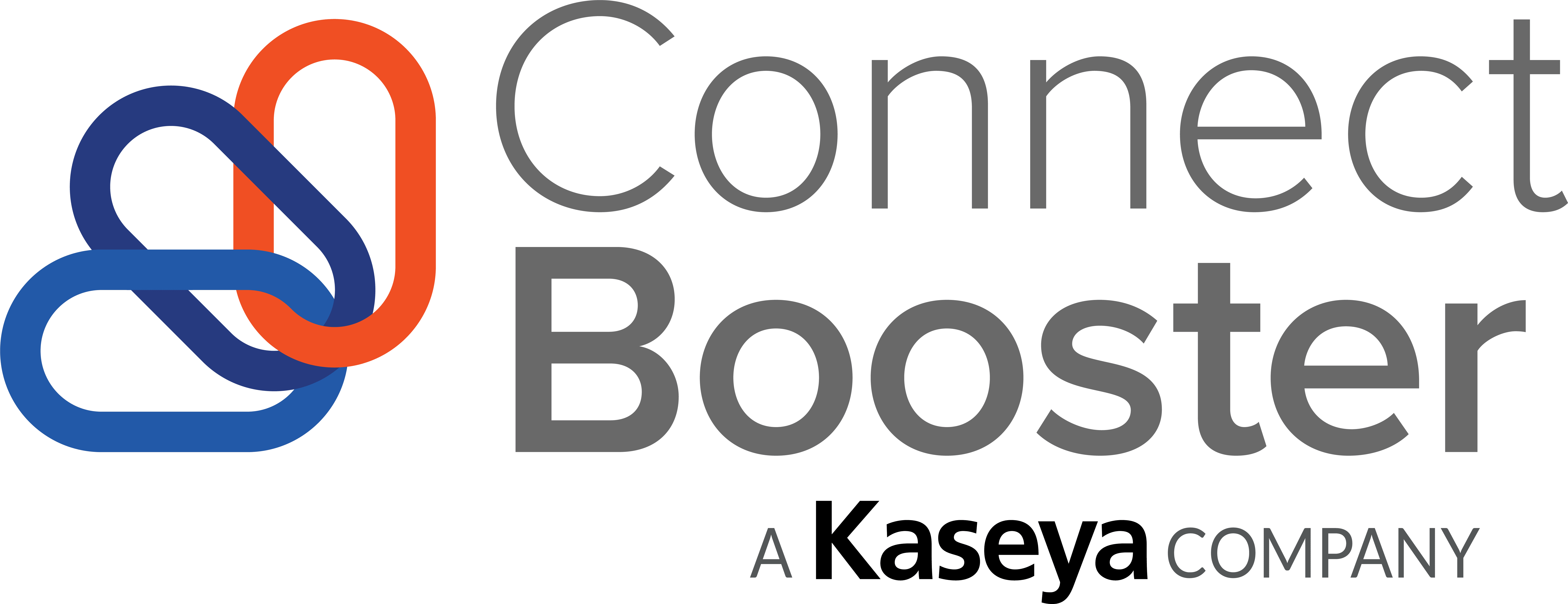Welcome back to Financial Fridays, your go-to resource for mastering financial literacy in the world of managed service providers (MSPs). In today’s competitive landscape, financial literacy is indispensable for the success of MSPs. Understanding key financial concepts and metrics empowers MSP owners to make informed decisions that drive profitability and sustainability. Among these metrics, cash flow plays a pivotal role, serving as the lifeblood of any business. In this article, we’ll explore essential cash flow key performance indicators (KPIs) that can serve as signposts in an MSP’s journey toward strong financial health.
The importance of financial literacy for MSPs
MSPs operate in a dynamic and competitive market where financial literacy is crucial for success. Financial literacy empowers MSP owners to effectively manage resources, allocate budgets and plan strategically for the future. It provides the foundation for cash flow management practices, ensuring long-term viability and growth.
Cash flow: An integral part of operating an MSP
Cash flow is the lifeblood of any business and MSPs are no exception. The movement of money in and out of a business including revenue generation, expense management and liquidity is that company’s cash flow. For MSPs, maintaining healthy cash flow is paramount. Cash flow enables most business operations like timely payments to vendors, investment in technology infrastructure and provision of services to clients. Without adequate cash flow management, MSPs may struggle to meet their operational needs, jeopardizing service quality and client satisfaction.
Now that we’ve established the significance of cash flow for MSPs, let’s delve into some of the cash flow KPIs that MSPs should use to achieve optimal financial health.
1. Accounts receivable
- Significance: Accounts receivable represents the money owed to your MSP by clients for services rendered but not yet paid for. It’s a crucial indicator of your company’s liquidity and cash flow management.
- Usage: Monitoring accounts receivable helps you track the timeliness of customer payments, assess the effectiveness of your billing and collection processes and manage cash flow effectively.
- Formula: Total accounts receivable = Total amount owed by clients
2. Accounts receivable turnover ratio
- Significance: This ratio measures how efficiently your MSP is collecting payments from clients. A high turnover ratio indicates effective credit and collection policies.
- Usage: It helps in evaluating the effectiveness of credit policies, assessing the average collection period and identifying potential issues with late payments or bad debts.
- Formula: Accounts receivable turnover ratio = Net sales / Average accounts receivable
3. Accounts payable
- Significance: Accounts payable represents the money your MSP owes to suppliers or vendors for goods or services received but not yet paid for. It’s essential to keep track of this to manage your cash flow and maintain good relationships with vendors.
- Usage: Monitoring accounts payable helps you ensure timely payments to vendors, take advantage of discounts for early payment and manage cash flow effectively.
- Formula: Total accounts payable = Total amount owed to suppliers or vendors
4. Bad debt
- Significance: Bad debt refers to the portion of accounts receivable that is unlikely to be collected due to customer defaults, bankruptcy or other reasons. It directly impacts your MSP’s profitability and financial health.
- Usage: Monitoring bad debt helps you assess the effectiveness of your credit policies, identify high-risk clients and take proactive measures to minimize bad debt losses.
- Types:
- Specific bad debts: Related to individual customers.
- General bad debts: Related to economic conditions or industry trends.
- Formula: Bad debt expense = Beginning accounts receivable + Credit sales – Ending accounts receivable
5. Cash conversion cycle (CCC)
- Significance: The cash conversion cycle (CCC) measures the time it takes for a company to convert its investments in inventory and other resources into cash flow from sales. It indicates the efficiency of cash management and working capital utilization.
- Usage: Monitoring the CCC helps evaluate the effectiveness of inventory management, accounts receivable and payable processes and overall liquidity management. It provides insights into cash flow efficiency and potential areas for improvement.
- Types:
- Inventory conversion period: Measures the average time taken to sell inventory and replenish it.
- Receivables collection period: Indicates the average time it takes to collect payments from customers.
- Payables payment period: Reflects the average time taken to pay suppliers or vendors.
- Formula: CCC = Inventory conversion period + Receivables collection period – Payables payment period
6. Operating cash flow margin
- Significance: Operating cash flow margin represents the percentage of revenue generated from operations that translates into cash flow after accounting for operating expenses and taxes. It measures the efficiency of generating cash from core business activities.
- Usage: Analyzing the operating cash flow margin helps assess the financial health and sustainability of the business. This analysis provides insights into cash flow management, liquidity and the ability to cover operating expenses.
- Types:
- Operating cash flow: Cash generated from core business operations, excluding financing and investing activities.
- Cash flow margin: Percentage of revenue converted into operating cash flow
- Formula: Operating cash flow margin = (Operating cash flow / Total revenue) x 100
7. Days sales outstanding (DSO)
- Significance: Days sales outstanding (DSO) measures the average number of days it takes for a company to collect payment from customers after making a sale. It indicates the efficiency of accounts receivable management and cash collection processes.
- Usage: Monitoring DSO helps evaluate credit policies, assess the effectiveness of collection efforts and identify potential cash flow issues. It provides insights into liquidity management and the ability to meet short-term financial obligations.
- Formula: DSO = (Average accounts receivable / Total credit sales) x Number of days in the period
8. Working capital ratio
- Significance: The working capital ratio, also known as the current ratio, measures a company’s ability to cover short-term liabilities with its short-term assets. It indicates the liquidity and financial health of the business.
- Usage: Analyzing the working capital ratio helps assess the company’s ability to meet short-term financial obligations and manage cash flow effectively. It provides insights into liquidity risk and the need for additional financing.
- Types:
- Current assets: Assets that can be converted into cash within one year, including cash, accounts receivable and inventory.
- Current liabilities: Obligations due within one year, including accounts payable and short-term debt.
- Formula: Working capital ratio = Current assets / Current liabilities
9. Quick ratio
- Significance: The quick ratio, also known as the acid-test ratio, measures a company’s ability to quickly cover immediate short-term liabilities with its most liquid assets. It provides a more stringent assessment of liquidity compared to the working capital ratio.
- Usage: Monitoring the quick ratio helps evaluate the company’s ability to meet short-term financial obligations fast without relying on inventory sales. It indicates the company’s immediate liquidity position and its ability to withstand financial shocks.
- Types:
- Liquid assets: Assets that can be quickly converted into cash without significant loss of value, including cash, marketable securities and accounts receivable.
- Current liabilities: Obligations due within one year, excluding inventory.
- Formula: Quick ratio = (Cash + Marketable securities + Accounts receivable) / Current liabilities
Summing it up
In conclusion, monitoring cash flow KPIs is essential for the financial health and sustainability of MSPs. By understanding and effectively managing these key KPIs, MSPs can optimize cash flow, improve profitability and ensure long-term success in a competitive market. Implementing effective strategies for managing cash flow and accounts receivable is paramount for MSPs looking to thrive in today’s dynamic business environment.
Join us every two weeks for more insights and strategies on Financial Fridays, where we’ll continue to explore the world of financial literacy for MSPs. Additionally, stay tuned for our upcoming webinar, which will delve more into actionable tips for optimizing cash flow and revenue streams and maximizing profitability. Until then, happy tracking!
![]()

